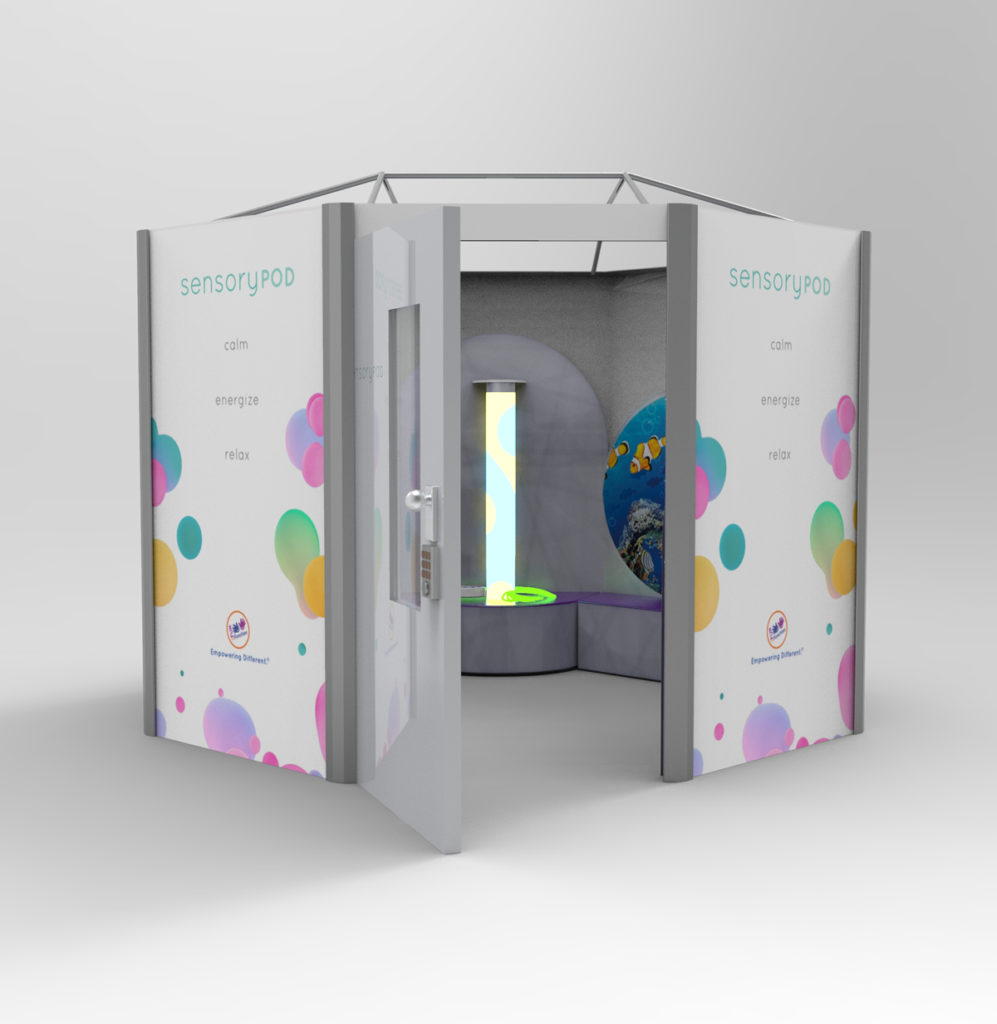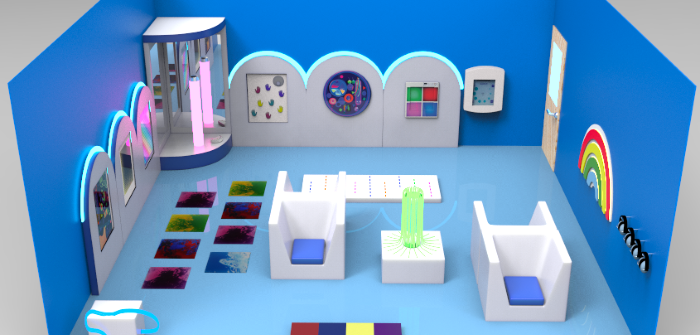Managing sensory overload can improve the airport experience for those with hidden disabilities, explains Tamar Krieger, director of education and development at Fun and Function.
The airport industry increasingly focuses on the passenger experience as an investment. When travelers enjoy their time at the airport, they’re more likely to spend greater amounts of money there. Increased customer satisfaction also translates into repeat business, as customers choose to return to that airport for future trips.
Cultivating customer satisfaction presents a challenge in the context of air travel. The unfamiliar environment, noise levels, large crowds, long lines and changes in routine are inherent in the airport experience and can be anxiety-provoking for travelers.
For significant segments of the population, the stress of travel is exacerbated by disabilities. Approximately 20% of American adults have a disability and 14% of students in American public schools receive special education services. When traveling, people with disabilities are often accompanied by another adult or their family, so the number of travelers affected by the stress of traveling with disabilities is even higher.
Visible disabilities, impacting travelers’ mobility, vision and hearing, have long been addressed by the airport industry. Travelers with visible disabilities can request and expect assistance and mobility equipment, communication access accommodations (such as making announcements accessible to those who are deaf) and security routines that accommodate mobility canes and guide dogs.
However, less support is available for those with hidden disabilities, which may include cognitive and developmental diagnoses such as Alzheimer’s disease and autism. Travelers with hidden disabilities may experience anxiety as part of their hidden disability. Close to half of those diagnosed with autism also suffer from anxiety, which amplifies the repetitive behavior, resistance to change and social skills deficits associated with autism.

Inclusive solutions
Inclusive solutions anticipate and manage the sensory overload, anxiety and confusion that are so distressing for many travelers and their families. Easing the travel experience can begin when passengers are still in their own homes. Social stories and simulation videos prepare passengers for their airport experience so that it’s more familiar and less anxiety-provoking. Once travelers arrive at the airport, employees can be equipped to support them. Employee training enables airport staff to identify the behavioral cues of people who are overstimulated, disoriented or have hidden disabilities, and empowers them to use strategies that mitigate aggressive behaviors, emotional dysregulation (emotional responses that are poorly modulated), anxiety or confusion.
Sensory solutions can be used strategically throughout the airport to reduce stress and anxiety for travelers. Sensory areas provide safe spaces where travelers can control the level of sensory input, and enjoy soothing sensory tools such as mesmerizing bubble tubes, musical touch walls, fiber-optic elements and specialized seating. Sensory areas can also be designed to promote movement, by using soft play equipment, jumping boards or gel floor tiles. Active play can be calming for those with disabilities, especially in the event of a delay or stopover. Airports can consider their overall passenger experience, and incorporate sensory spaces as portable pods, dedicated spaces or VIP suites into their waiting areas. Portable sensory kits are also available, featuring tools that can be used in flight to extend the calming experience.
Travelers continue to be well informed and attuned to ways airports create a positive airport environment. This is especially true for those with disabilities and their families, who research, advocate for and promote accessibility. Airports that take a fresh and inclusive approach to reducing stress and anxiety distinguish themselves as airports that value every passenger and prioritize a unique customer experience.
Fun and Function is a family-run business that develops sensory tools ranging from toys to seating and weighted clothes.
______________________________________________
TAMAR KRIEGER, M. Ed
Director of Education and Development
Fun and Function| Empowering Different
 Kathleen Klein, Fun and Function’s director of education and research, will present ‘Sensory approaches to reduce traveler anxiety in airports’ as part of the Customer Service & Passenger Experience stream at Passenger Terminal CONFERENCE 2020. The full conference program can be found here.
Kathleen Klein, Fun and Function’s director of education and research, will present ‘Sensory approaches to reduce traveler anxiety in airports’ as part of the Customer Service & Passenger Experience stream at Passenger Terminal CONFERENCE 2020. The full conference program can be found here.

